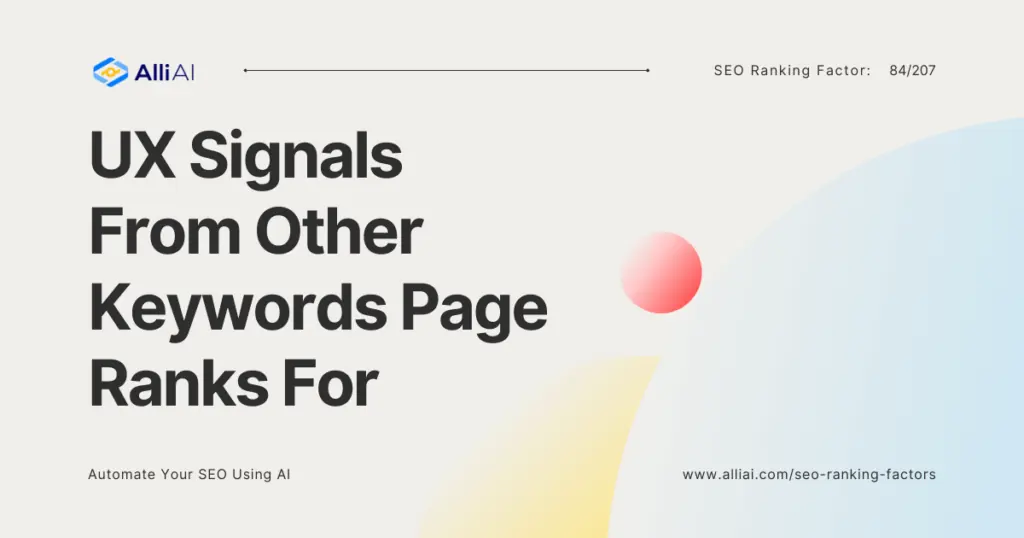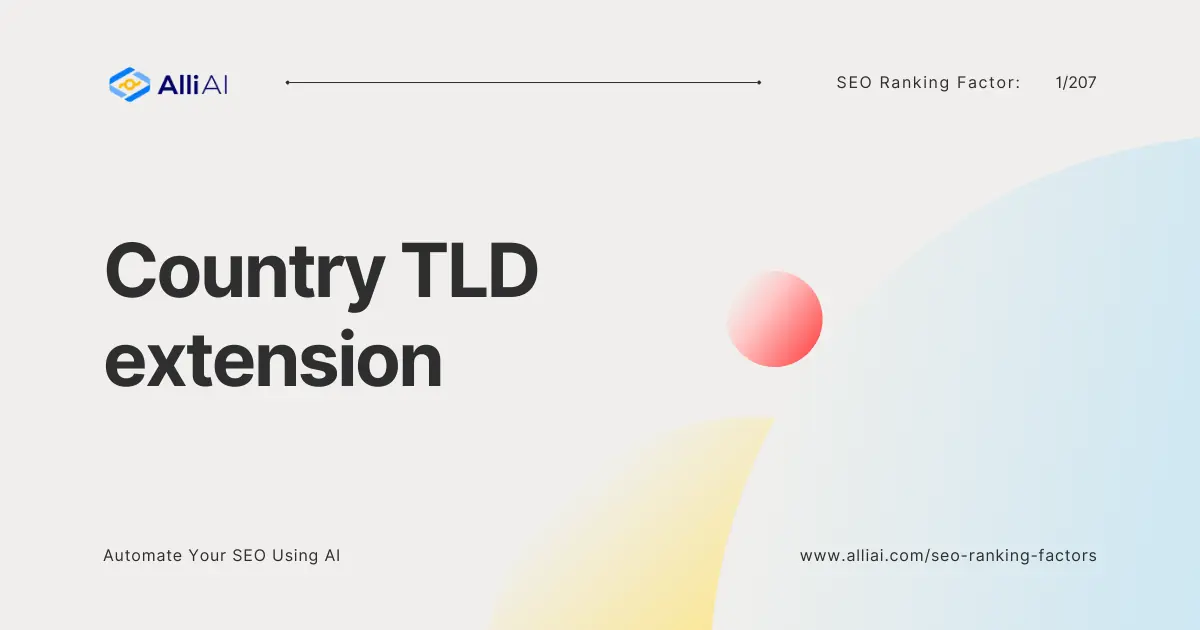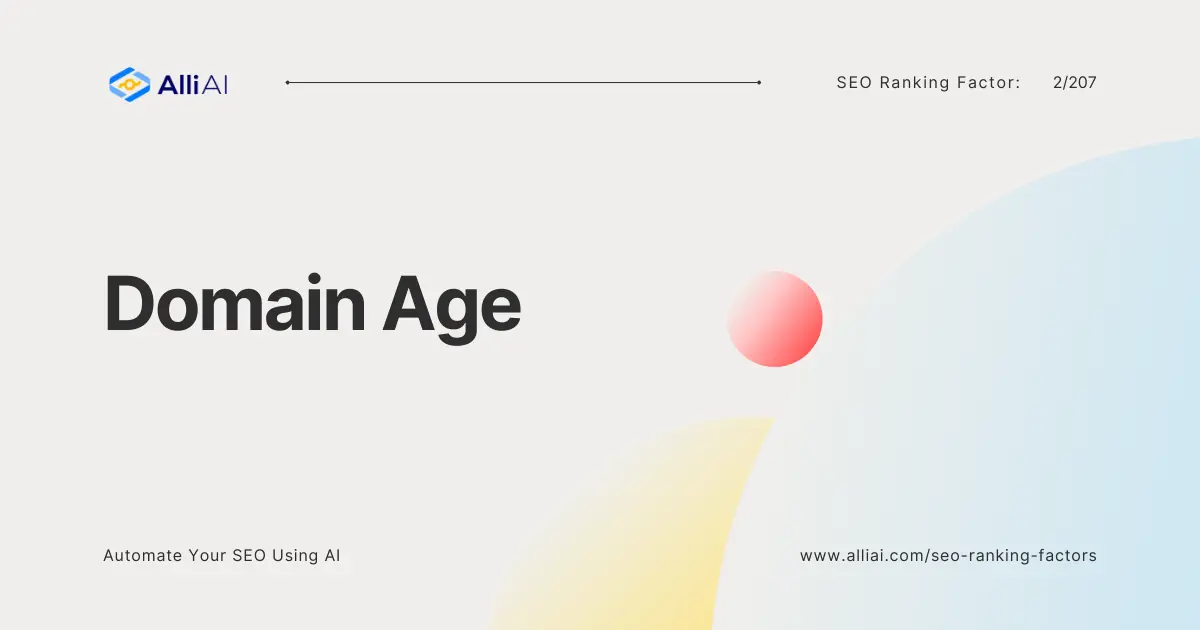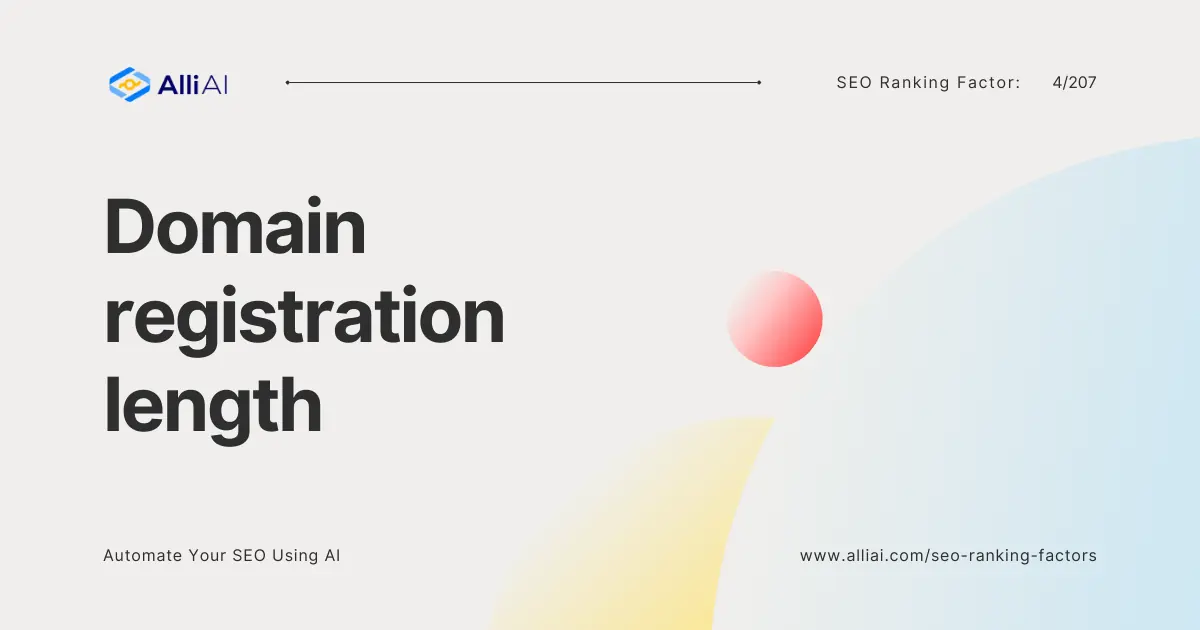UX Signals From Other Keywords Page Ranks For: Understanding the Impact
In the world of Search Engine Optimization (SEO), the term “ranking factor” has a significant connotation. A ranking factor can be understood as a criterion that search engines use to evaluate web pages and determine their position in search results. Imagine a baking competition where various aspects like taste, presentation, and creativity determine the winner. Similarly, in SEO, ranking factors are the ingredients that lead to a successful, highly-visible webpage.
Why is “UX Signals From Other Keywords Page Ranks For” Important in SEO?
The importance of understanding UX signals from other keywords a page ranks for in SEO cannot be overstated. UX, or User Experience, involves every aspect of the user’s interaction with a website, from ease of navigation to the speed of loading pages. When users search for a keyword and find your page satisfying their needs efficiently, it sends positive signals to search engines, indicating that your page is valuable for similar searches. This creates a virtuous cycle where good user experience leads to higher rankings, which in turn leads to more visibility and potentially more conversions.
How “UX Signals From Other Keywords Page Ranks For” Affects SEO?
1. Improved User Engagement:
According to a study by Backlinko, pages that rank at the top of Google’s search results have a 32% higher click-through rate compared to pages in the second position. This is a clear indicator that pages with better user engagement metrics due to positive UX signals tend to rank higher. The logic is straightforward: if users engage more with your site, Google sees it as a valuable and relevant source for information on particular keywords, boosting your ranking for those and related keywords.
2. Decrease in Bounce Rates:
A page with a lower bounce rate is often seen as providing more value. Statista reports that the average bounce rate across all industries is about 47%. Optimizing UX to encourage users to explore your site beyond the initial landing page can signal to search engines that your content is engaging and relevant, positively affecting your SEO.
3. Increase in Dwell Time:
Time spent on a page, or “”dwell time,”” is considered an indirect ranking factor. A SEMrush study found that the top-ranking pages on Google retain visitors for an average of three minutes. Pages that can engage visitors longer may signal to search engines that the content is valuable, improving rankings for those and similar keywords.
FAQ
How Can I Improve UX Signals on My Website?
Focus on improving site speed, making navigation intuitive, and ensuring content is engaging and directly answers the search query. Utilize tools like Google’s PageSpeed Insights to evaluate and improve your site’s performance.
Do UX Signals Have the Same Impact Across All Types of Websites?
The impact of UX signals can vary based on industry and the type of content. However, for most websites, especially eCommerce and content-driven sites, good UX practices are essential for SEO success.
Can Social Signals Impact UX Signals and SEO?
While Google has stated that social signals do not directly impact rankings, highly shareable content often leads to more traffic and improved user engagement metrics, indirectly benefiting SEO.
Conclusion
UX signals from the keywords a page ranks for are a crucial but often overlooked element of SEO. Just as a symphony requires each instrument to play in harmony for an enchanting performance, each SEO element, including UX signals, needs to be optimized for a website to rank well. The interconnectedness of user experience, search intent, and keyword relevance continues to shape how search engines evaluate and rank web pages. By focusing on delivering exceptional user experiences that align with keyword strategies, businesses and content creators can improve their SEO outcomes, driving more traffic and ultimately achieving their digital marketing goals. Investing time in understanding and enhancing UX signals is not merely about pleasing algorithms but about providing value to users, fostering positive interactions, and building the foundation for long-term digital success.






